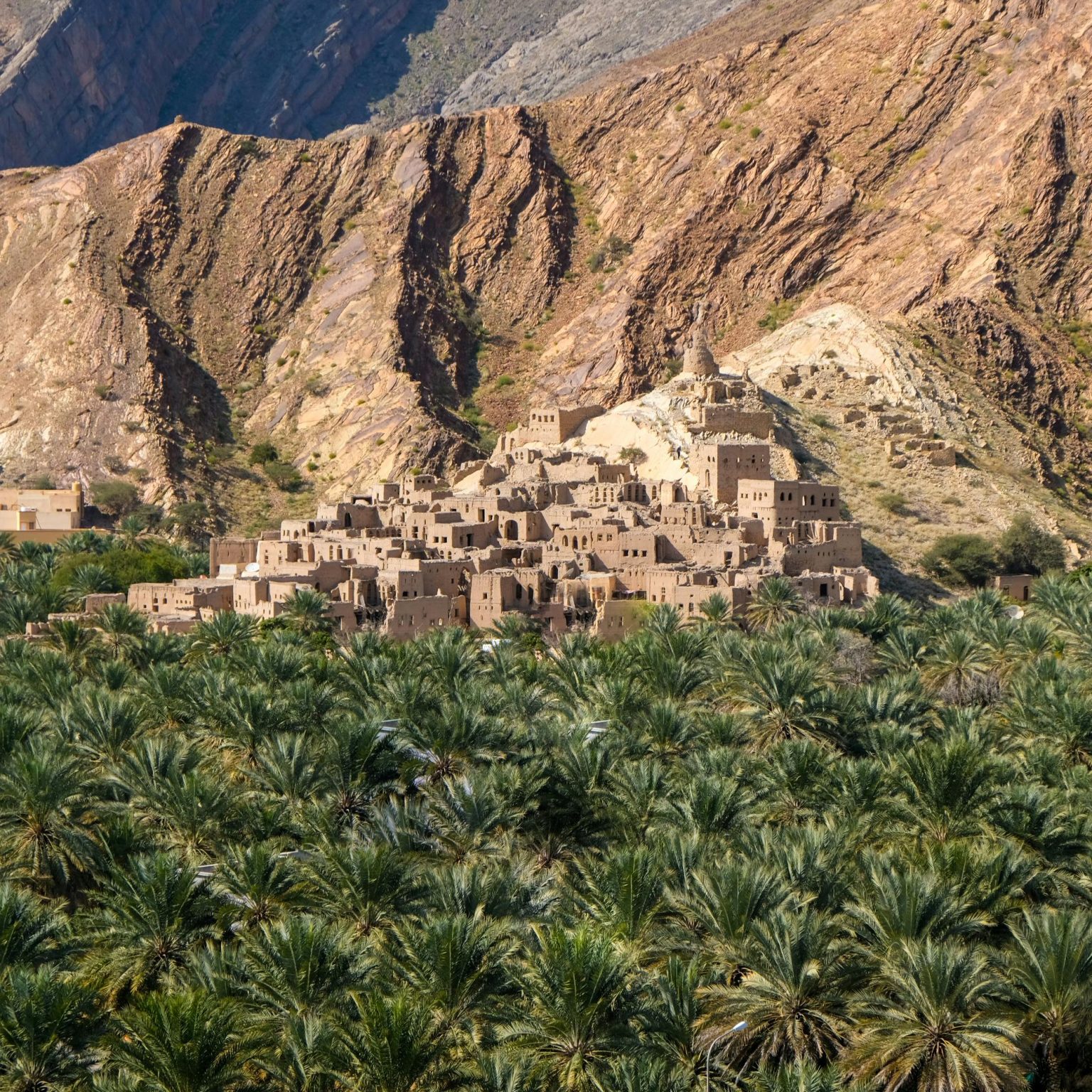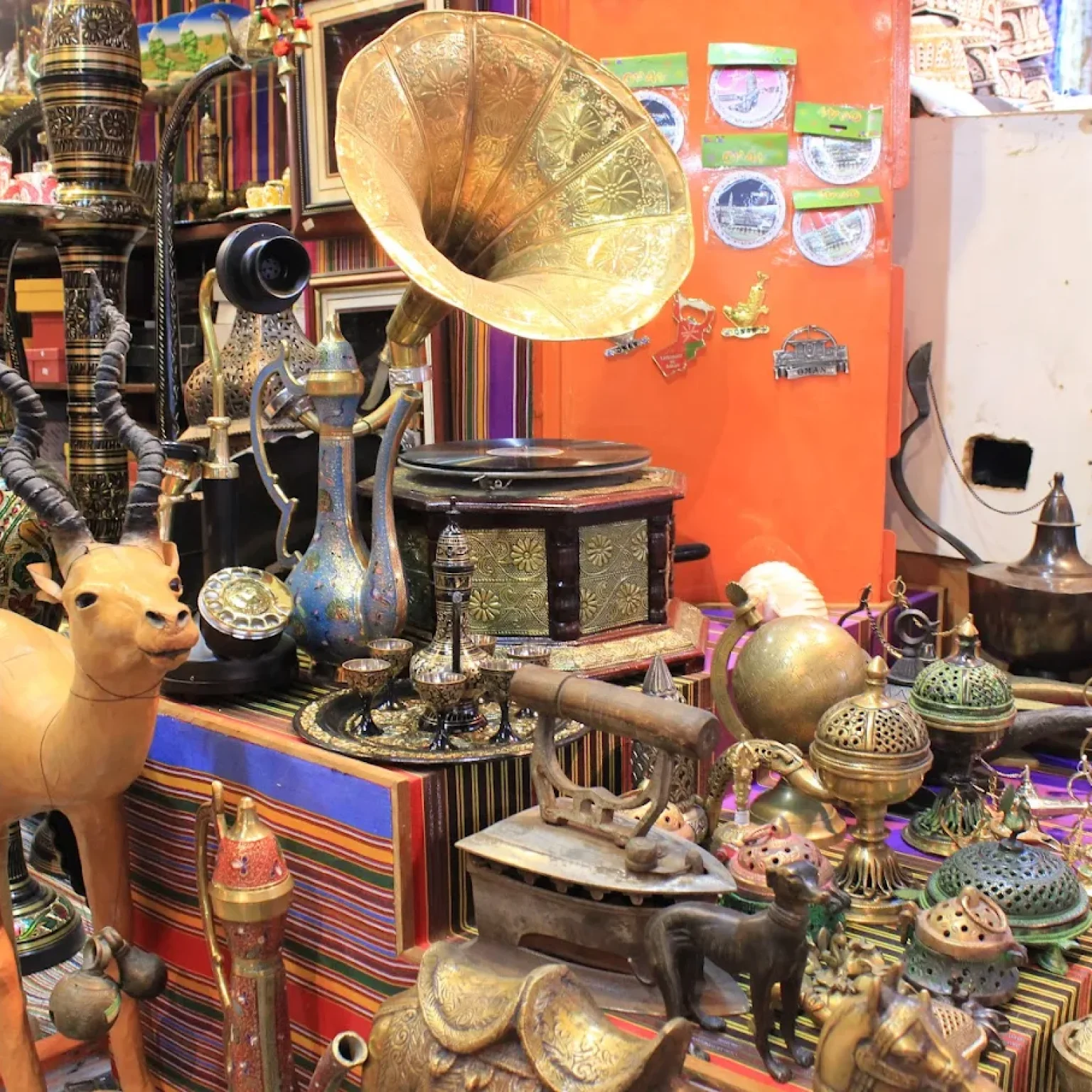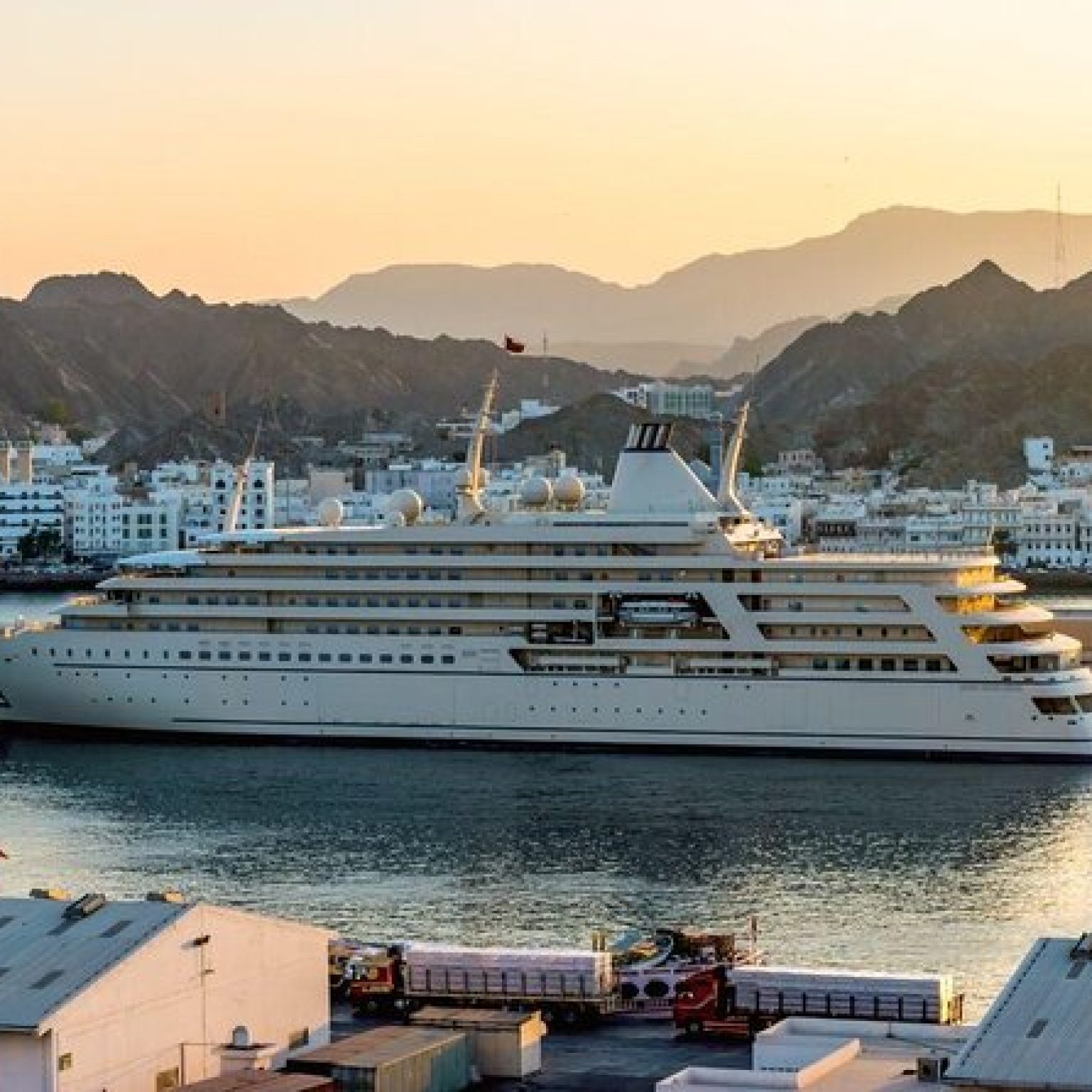


Oman
Introduction
Oman, located on the southeastern coast of the Arabian Peninsula, is a land of stunning natural beauty, rich history, and vibrant culture. From vast deserts and rugged mountains to pristine beaches and historic forts, Oman offers a unique blend of adventure and tradition for travelers seeking an authentic Arabian experience.
Explore to Asian country.
Best Time to Visit Oman
The ideal time to visit Oman is between October and April, when the weather is cooler and more comfortable for outdoor activities. Salalah’s monsoon season from June to September offers a unique green landscape but is more humid.
Top Cities to Visit in Oman
Muscat, the capital, is a must-visit for its beautiful mosques, royal palaces, and bustling souks. Nizwa, known for its fort and traditional markets, offers a glimpse into Oman’s heritage. Salalah in the south is famous for its lush landscapes, tropical climate, and the annual Khareef (monsoon) season. Sur, a coastal town, is renowned for its dhow shipbuilding and scenic beaches.
Must-See Attractions in Oman
Oman is dotted with incredible attractions, including the Sultan Qaboos Grand Mosque in Muscat, the historic Nizwa Fort, and the majestic Jebel Akhdar mountains. Wadi Shab and Wadi Bani Khalid are perfect for adventurous hikes and swimming in natural pools. For desert lovers, the Wahiba Sands offer unforgettable dune experiences, while the Ras Al Jinz Turtle Reserve provides a unique wildlife encounter.
Budgeting & Accommodation in Oman
Oman caters to all budgets. Luxury travelers can enjoy 5-star resorts in Muscat and Salalah, while mid-range hotels and boutique guesthouses provide comfortable options in cities and towns. Budget travelers can find affordable guesthouses and hostels, especially in Nizwa and Sur. Food and transport costs are reasonable, making Oman accessible for diverse types of travelers.
Food & Cultural Experiences in Oman
Omani cuisine is a delightful mix of Middle Eastern and Indian influences. Must-try dishes include Shuwa (slow-cooked lamb), Majboos (spiced rice with meat), and halwa sweets. Traditional Omani hospitality is central to the culture, with coffee and dates often offered to guests. Festivals like Muscat Festival and Salalah Khareef showcase Oman’s music, crafts, and folklore.
Transportation & Getting Around in Oman
Traveling in Oman is easiest by car, with well-maintained highways connecting major cities and attractions. Taxis are available in urban areas, while domestic flights can save time for longer distances. Public buses exist but are limited, so self-driving or private tours are recommended for convenience and flexibility.
Customise Itineraries for Oman
- Layover (1 day): Muscat city highlights – Sultan Qaboos Mosque, Mutrah Corniche, Royal Opera House.
- 3 Days: Muscat, Nizwa, and Jebel Akhdar for heritage and mountain experiences.
- 5 Days: Muscat, Nizwa, Wahiba Sands, Sur, and Wadi Shab for a mix of culture, desert, and coast.
- 7 Days: Include Salalah for tropical landscapes and Khareef experience, along with northern highlights.
- 10 Days: Complete Oman tour – Muscat, Nizwa, Wahiba Sands, Sur, Wadi Shab, Jebel Akhdar, Salalah, and Ras Al Hadd for wildlife.
Travel Tips & Safety in Oman
Oman is generally very safe for tourists, with low crime rates. Dress modestly, especially in rural areas and religious sites. Stay hydrated and protect yourself from the sun during desert excursions. Respect local customs and follow rules when visiting mosques and heritage sites.
Frequently Asked Questions
What is the best time to visit Oman?
The ideal time is from October to April when the weather is mild and perfect for sightseeing and desert activities.
Do I need a visa to visit Oman?
Most travelers require a visa, which can be obtained online as an e-visa before arrival.
What are the must-see attractions in Oman?
Key attractions include Sultan Qaboos Grand Mosque, Nizwa Fort, Jebel Akhdar, Wadi Shab, Wahiba Sands, and Salalah’s beaches.
Is Oman safe for tourists?
Yes, Oman is very safe with low crime rates, but travelers should respect local customs and dress modestly.
What is the currency in Oman?
The currency is the Omani Rial (OMR). Credit cards are widely accepted in cities, while cash is needed in smaller towns.
How do I get around Oman?
Car rentals are the easiest way to travel. Taxis are available in cities, and domestic flights help cover long distances.
What is Omani food like?
Omani cuisine features dishes like Shuwa (slow-cooked lamb), Majboos (spiced rice with meat), fresh seafood, and traditional halwa sweets.
Do I need to dress conservatively in Oman?
Yes, modest clothing is recommended, especially when visiting mosques, rural areas, and traditional markets.
Can I experience deserts in Oman?
Absolutely! Wahiba Sands and other desert areas offer dune adventures, camel rides, and overnight camping experiences.
What are some unique cultural experiences in Oman?
Visitors can enjoy local souks, dhow boat rides, traditional music and dance festivals, and witnessing turtle nesting at Ras Al Jinz.
